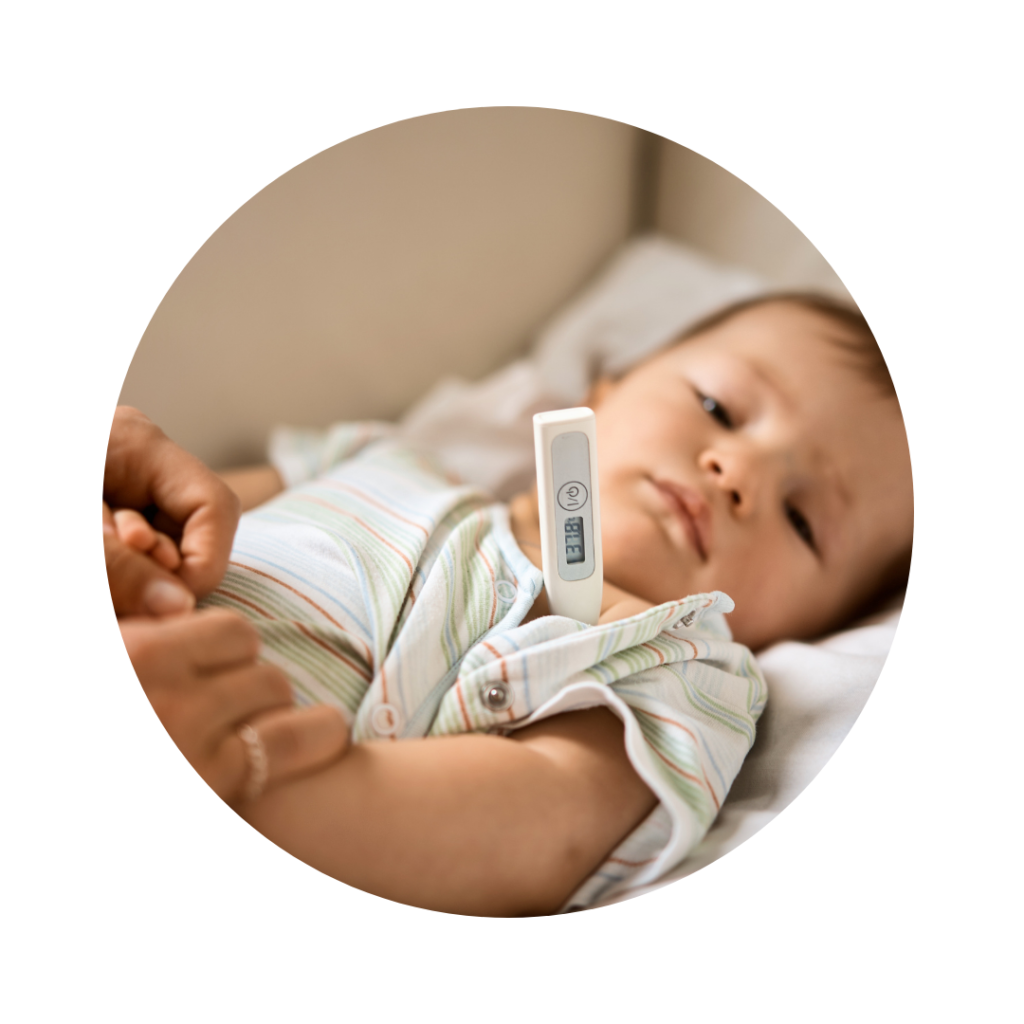Treating Resistant Kawasaki Disease
Kawasaki disease (KD) is a rare condition that predominantly impacts children. While KD is treatable, some children experience resistant KD and do not respond to initial treatment. Thanks to funding from PCORI, a comprehensive study was conducted to compare the safety and effectiveness of two treatments for resistant KD. This study stands as the most extensive clinical trial to date for the treatment of resistant KD.
Comparing Two Treatments for Resistant Kawasaki Disease – Evidence Update for Parents
Compared with children who received a second dose of IVIG, children who received infliximab were more likely to have their fever end within 24 hours. Children who received infliximab also had shorter fevers and spent less time in the hospital than children who received a second dose of IVIG. Children who received infliximab were less likely to get anemia from the treatment. Anemia was the only serious side effect caused by either medicine. Signs of swelling in the heart’s arteries looked about the same for both treatments.
Comparing Two Treatments for IVIG-Resistant Kawasaki Disease – Evidence Update for Clinicians
Children with resistant KD who received infliximab were more likely to have their fever resolve within 24 hours than were children who received a second dose of IVIG. On average, children who received infliximab also had shorter fever duration, spent less time in the hospital, and were less likely to have a serious treatment-related adverse event such as hemolytic anemia than children who received a second dose of IVIG. The two treatments did not differ significantly in inflammatory markers or coronary artery z-scores.


